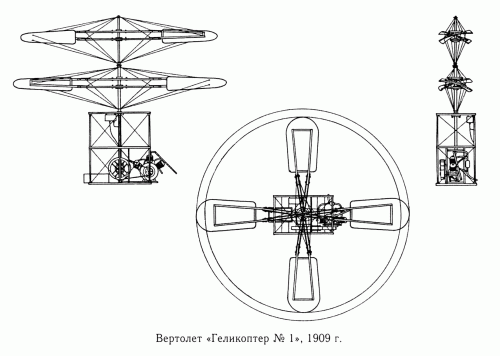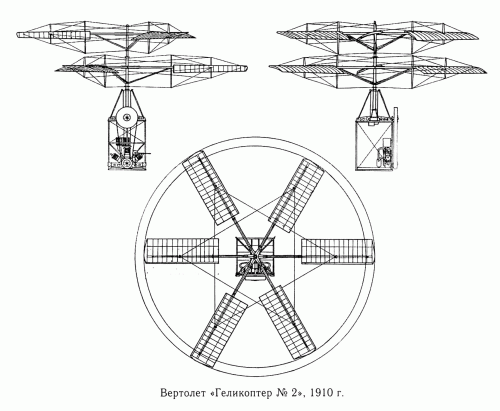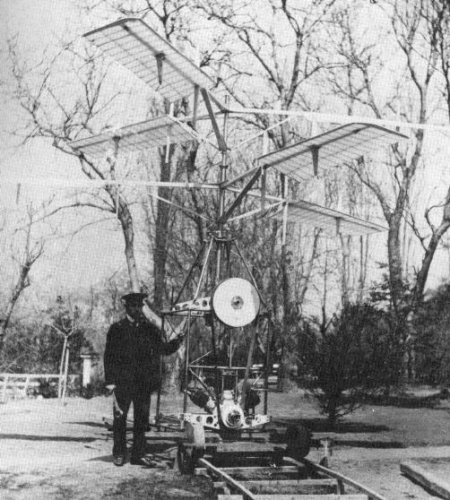- Joined
- 25 June 2009
- Messages
- 14,754
- Reaction score
- 6,155
Presenting Igor Sikorsky as the father of the helicopter is not so far-fetched as it may seem.
His 1939 tests of the VS-300 were hardly the first successful flights of a rotorcraft, but they marked the first time someone built a helicopter, flew it sufficiently high and long and repeatedly to make the concept viable.
But the VS-300 was hardly Sikorsky's first dabbling with the rotary wing concept. As early as 1909, when he was still a young student in Imperial Russia, he designed his Helicopter N°1, which didn't fly, and the following year, the Helicopter N°2, which managed a few hops up and down.
At that time, however, no engines existed that could have successfully taken a man into the air in a vertical way, and rotorcraft were too experimental a concept to be taken seriously. Sikorsky shelved his rotary dreams and started making aircraft. He invented the concept of the large twin-engine bomber and was highly instrumental in the builup of his native country's air power.
But the dream of building a practical helicopter never left him, and when the VS-300A concept was validated, he left the fixed-wing business to focus on rotorcraft, a daring move that won him international recognition as the rightful father of the helicopter.
His 1939 tests of the VS-300 were hardly the first successful flights of a rotorcraft, but they marked the first time someone built a helicopter, flew it sufficiently high and long and repeatedly to make the concept viable.
But the VS-300 was hardly Sikorsky's first dabbling with the rotary wing concept. As early as 1909, when he was still a young student in Imperial Russia, he designed his Helicopter N°1, which didn't fly, and the following year, the Helicopter N°2, which managed a few hops up and down.
At that time, however, no engines existed that could have successfully taken a man into the air in a vertical way, and rotorcraft were too experimental a concept to be taken seriously. Sikorsky shelved his rotary dreams and started making aircraft. He invented the concept of the large twin-engine bomber and was highly instrumental in the builup of his native country's air power.
But the dream of building a practical helicopter never left him, and when the VS-300A concept was validated, he left the fixed-wing business to focus on rotorcraft, a daring move that won him international recognition as the rightful father of the helicopter.



